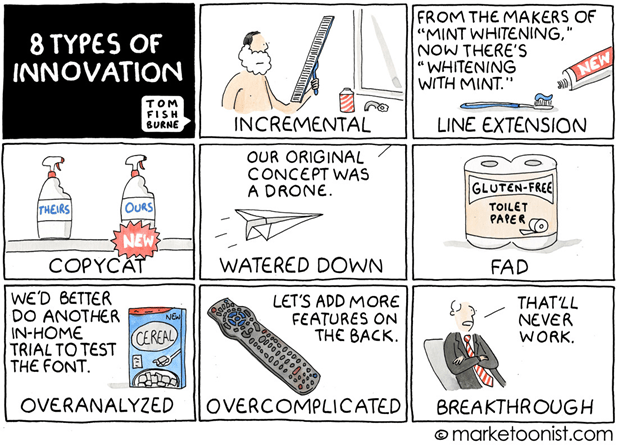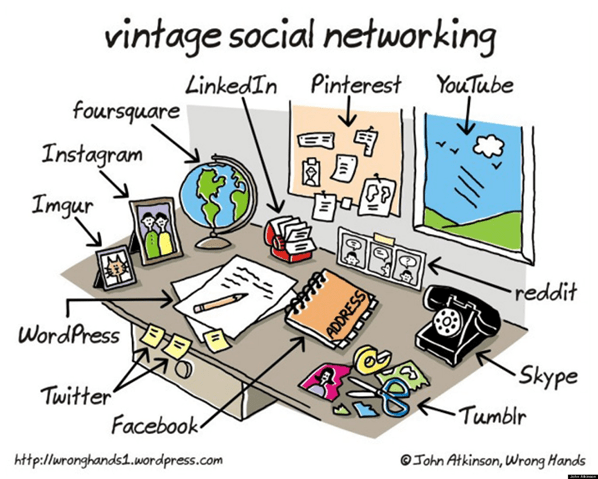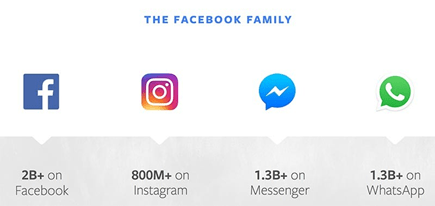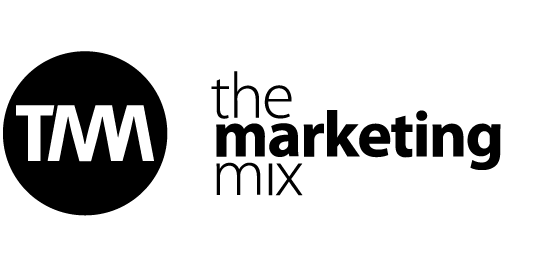Innovation: Find the Gap

By The Marketing Mix
Client Services & Strategy Director
Saw an interesting post by Simon Chan from OCG London on LinkedIn recently about innovation. In particular he identified the gap between how often people are happy to call themselves, or their idea, innovative – yet so few actually deserve the title.
What is innovation? For what it’s worth, here’s how I define it:
Innovation is new – and increased – value provided to people while requiring less effort from them in return.
How many ideas can you think of that hit this mark? Not many. That’s entirely the point.
Innovation disrupts. It’s uncomfortable. It takes both critical and creative thinking. Not everyone wants disruption or discomfort in their life. Fair enough.
So if you’ve got an “innovative” idea or execution that isn’t disrupting anything, then I have some bad news for you. If you’re not filling a need you’re simply filling your time.

Often it also involves meeting a need nobody else has identified yet.
After all, who consciously needed a Post-It note before they popped up? Yet when you used one for the time you couldn’t understand why it nobody had thought of it before. THAT’S usually the first reaction to something truly innovative. You suddenly can’t imagine your life without this thing you’d never previously thought needed to exist.
Just as often innovation involves taking something away that doesn’t need to be there.
Instead of carrying around a phone, camera, map, newspaper and your entire music collection at the same time, what if you could do away with them all and put everything into one device you could hold in your hand? Who would want that in their life?
There’s an argument that BlackBerry was the first real innovation in this space but there’s no denying Apple converting the entire face of the phone into a touchscreen, entirely removing the need for a physical keyboard at all, totally caught the world’s imagination. Literally created a need that didn’t exist before.

There’s also little dispute in the argument that ride-sharing platforms like Uber have revolutionised the transport industry, regardless of whether you think that’s a positive thing.
Why this solution connected to so many people so quickly is because it met an unspoken customer need in a way that gave people more (power, choice, visibility, set price, GPS location) while requiring less from them – again all in the palm of their hand. One innovation leads inevitably to another.
No more being forever on hold, standing in long lines out in the elements, or wondering where on earth your taxi was that was set to arrive 15 minutes ago. Now you knew.
With Microsoft buying LinkedIn 2 years ago, I admit I expected there to have been more integration by now between the two that would further engage and embed LinkedIn into users’ working lives in a way that benefited both parties.
As an example, integrating Skype functionality directly into LinkedIn’s messaging platform seemed like a no-brainer from the get-go.
It would easily facilitate connections to be able to have video chats or even interviews between employers or recruiters and prospects, instead of relying on sourcing a third party solution outside the platform.
The more functionality that can be had inside the ecosystem, the longer people will stay immersed in it. It’s what Facebook has been built on. Worlds within worlds.

Alternatively, say you’re a high-profile LinkedIn user with a large number of followers, you could hold online webinars or video chats directly with select followers within the same platform you built your profile on. To see your content, users simply have to follow you.
So, with every video webinar or chat, the number of followers – and active viewers – could increase exponentially. Accessing this content could be as easy as clicking on a notification. Communications between connections could increasingly start to occur as videos through LinkedIn instead of other email or social channels.
Yet, 2 years later, this still hasn’t happened. I’m sure it’s been thought of and discussed internally so it’d be interesting to learn what reason has delayed this step being taken.
To me, that would be innovative. It takes away unnecessary steps while offering more convenience and functionality. As a user, I’d have more reason to regularly use LinkedIn’s mobile app, which unfortunately still has far less functionality compared to its web version.
On another topic, it baffles me how many classified and e-commerce sites still don’t reflect how people think and prefer to buy. If you go on a travel site, for example, the first thing you’re usually hit with is needing to select a starting point and a destination. Hard travel dates that need to be specified. Straight out of the box.
Problem is, when most of us start looking around at options for holidays, how do we start? It’s usually how much money you have to spend. How much time have you got. Who you’re travelling with. The destination is often a secondary factor after these needs are met first.
However, can you start a search with those criteria on popular travel sites like Trivago, Bookings.com or other aggregate or airline sites? Of course you can’t.
This represents a gap in the market. That’s interesting to me. It’s a step in the decision making process being met by few providers, which opens the door for innovation.
Recently I discovered a travel site called Wander (wander.am) that addresses this issue by allowing users to enter no more information than a city of origin and a budget, with key parameters like days they’d like to travel on, and away you go. There’s even a “Surprise Me” option for people feeling a little more adventurous.
Less than ideally, budget totals are still only able to be set in USD, but hey it’s a start.

Solutions like this meet the needs of an increasing number of people who spontaneously decide to go on a holiday with far less planning than used to be the case years ago.
It’s the same when you’re looking to buy a car.
Fewer people than ever are loyal to an auto brand today. I’ve worked with a lot of them in recent years, I can say it’s something they’re aware of and not overly happy about.
Yet it’s still the case that, when you hop onto a classified site to search for options, again the first thing you are required to select are makes and models. The precise thing that’s usually the LEAST important factor in prospective buyers’ minds today. However, who it is important to is these sites’ advertisers, so it shows you what these publishers’ attention is on.
Imagine a car site that, once again, starts simply with your preferred budget range. That’s where the vast majority of buyers start. How much money do I have to spend?
From there, it usually moves to how many people you need it to accommodate. What type of driving you do. Features you see as essential to your final choice (e.g. engine or performance, technology or entertainment) and so on.
Using this approach would be truly customer-focused. If you’re aware of a major auto classifieds site that facilitates this, feel free to enlighten me in the comments.
So, yes, innovation is about increased and new value while requiring less from your target customers but ideally it also needs to fill a gap. Find it and you’re halfway there.

